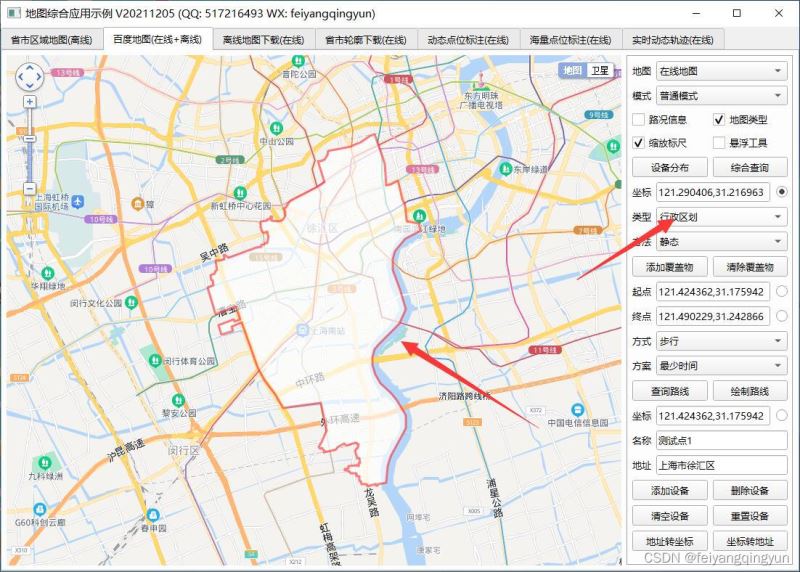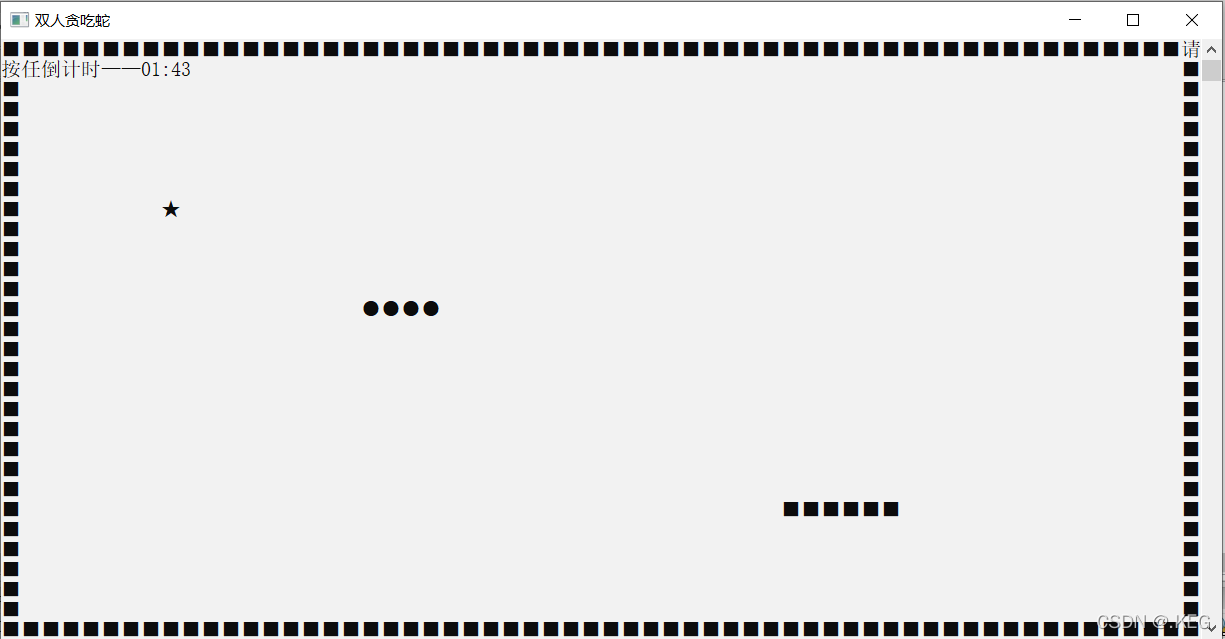Check for invalid UTF8(检查无效的 UTF8)
问题描述
我正在从 UTF8 格式转换为十六进制的实际值.但是,我需要捕获一些无效的字节序列.有没有一种快速的方法来检查一个字符是否不属于 C++ 中的 UTF8?
I am converting from UTF8 format to actual value in hex. However there are some invalid sequences of bytes that I need to catch. Is there a quick way to check if a character doesn't belong in UTF8 in C++?
推荐答案
遵循 Unicode 标准章节中的表格3.(我使用了章节(p103)的 Unicode 5.1.0 版本;它在 Unicode 6.0.0 版本的 p94 上是表 3-7,在 Unicode 6.3 版本中是在 p95 上——它在 p125 上Unicode 8.0.0 版本.)
Follow the tables in the Unicode standard, chapter 3. (I used the Unicode 5.1.0 version of the chapter (p103); it was Table 3-7 on p94 of the Unicode 6.0.0 version, and was on p95 in the Unicode 6.3 version — and it is on p125 of the Unicode 8.0.0 version.)
字节 0xC0、0xC1 和 0xF5..0xFF 不能出现在有效的 UTF-8 中.记录有效序列;其他都无效.
Bytes 0xC0, 0xC1, and 0xF5..0xFF cannot appear in valid UTF-8. The valid sequences are documented; all others are invalid.
Code Points First Byte Second Byte Third Byte Fourth Byte
U+0000..U+007F 00..7F
U+0080..U+07FF C2..DF 80..BF
U+0800..U+0FFF E0 A0..BF 80..BF
U+1000..U+CFFF E1..EC 80..BF 80..BF
U+D000..U+D7FF ED 80..9F 80..BF
U+E000..U+FFFF EE..EF 80..BF 80..BF
U+10000..U+3FFFF F0 90..BF 80..BF 80..BF
U+40000..U+FFFFF F1..F3 80..BF 80..BF 80..BF
U+100000..U+10FFFF F4 80..8F 80..BF 80..BF
请注意,对于第一个字节的某些值范围,不规则位于第二个字节中.需要时,第三个和第四个字节是一致的.请注意,并非标识为有效范围内的每个代码点都已分配(有些是明确的非字符"),因此还需要更多验证.
Note that the irregularities are in the second byte for certain ranges of values of the first byte. The third and fourth bytes, when needed, are consistent. Note that not every code point within the ranges identified as valid has been allocated (and some are explicitly 'non-characters'), so there is more validation needed still.
代码点 U+D800..U+DBFF 用于 UTF-16 高代理,U+DC00..U+DFFF 用于 UTF-16 低代理;那些不能出现在有效的 UTF-8 中(您直接在 UTF-8 中对 BMP(基本多语言平面)之外的值进行编码),这就是该范围被标记为无效的原因.
The code points U+D800..U+DBFF are for UTF-16 high surrogates and U+DC00..U+DFFF are for UTF-16 low surrogates; those cannot appear in valid UTF-8 (you encode the values outside the BMP — Basic Multilingual Plane — directly in UTF-8), which is why that range is marked invalid.
其他排除范围(初始字节 C0 或 C1,或初始字节 E0 后跟 80..9F,或初始字节 F0 后跟 80..8F)是非最小编码.例如,C0 80 将编码 U+0000,但它由 00 编码,并且 UTF-8 定义非最小编码 C0 80 是无效的.并且最大的 Unicode 码位是 U+10FFFF;从 F4 90 开始的 UTF-8 编码会生成超出范围的值.
Other excluded ranges (initial byte C0 or C1, or initial byte E0 followed by 80..9F, or initial byte F0 followed by 80..8F) are non-minimal encodings. For example, C0 80 would encode U+0000, but that's encoded by 00, and UTF-8 defines that the non-minimal encoding C0 80 is invalid. And the maximum Unicode code point is U+10FFFF; UTF-8 encodings starting from F4 90 upwards generate values that are out of range.
这篇关于检查无效的 UTF8的文章就介绍到这了,希望我们推荐的答案对大家有所帮助,也希望大家多多支持编程学习网!
本文标题为:检查无效的 UTF8


基础教程推荐
- 非静态 const 成员,不能使用默认赋值运算符 2022-10-09
- 为什么 RegOpenKeyEx() 在 Vista 64 位上返回错误代码 2021-01-01
- CString 到 char* 2021-01-01
- 通过引用传递 C++ 迭代器有什么问题? 2022-01-01
- 我应该对 C++ 中的成员变量和函数参数使用相同的名称吗? 2021-01-01
- 初始化列表*参数*评估顺序 2021-01-01
- GDB 显示调用堆栈上函数地址的当前编译二进制文 2022-09-05
- 如果我为无符号变量分配负值会发生什么? 2022-01-01
- 为什么派生模板类不能访问基模板类的标识符? 2021-01-01
- 为什么 typeid.name() 使用 GCC 返回奇怪的字符以及如 2022-09-16

















